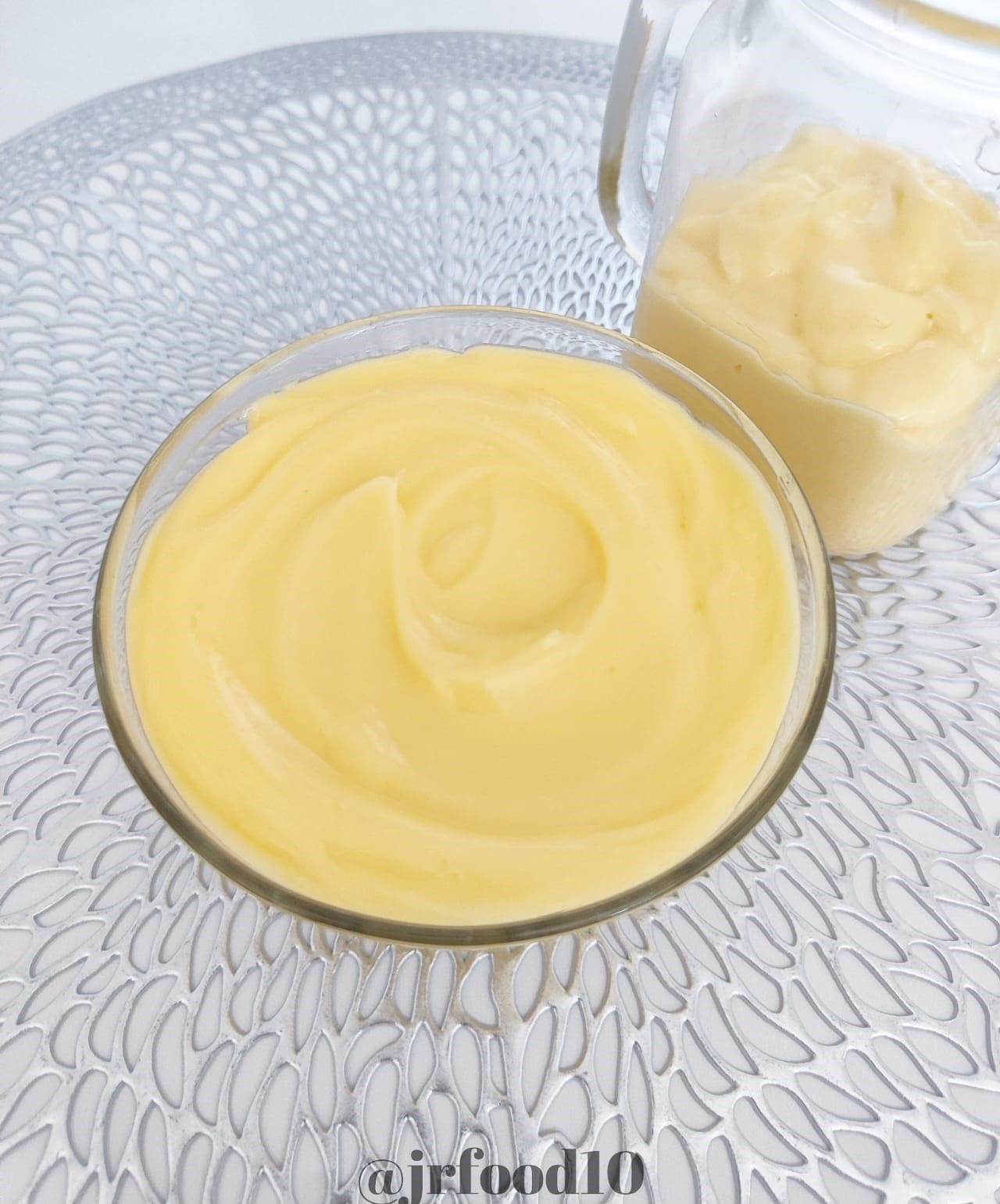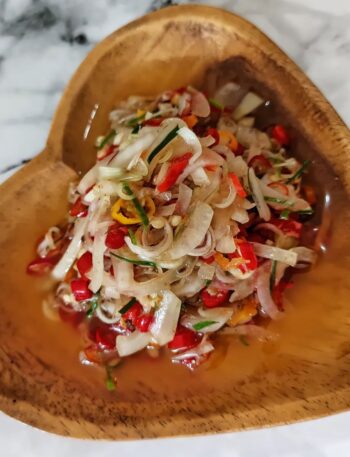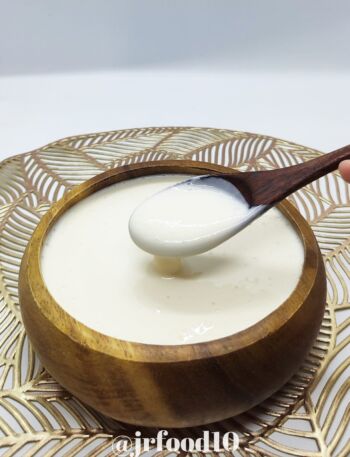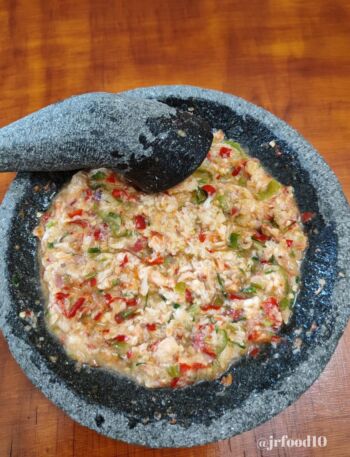Japanese Mayo (kewpie mayonnaise)

Today, we’re diving into the world of homemade condiments with a recipe that will elevate your taste buds to new heights. If you’ve ever had the pleasure of experiencing the rich and creamy goodness of Japanese mayo (kewpie mayonnaise), you know it’s a game-changer. But why settle for the store-bought stuff when you can whip up your own batch at home?
Now, hold on to your aprons because we’re about to unveil the secret behind creating this culinary masterpiece in the comfort of your own kitchen. Get ready to say sayonara to store-bought mediocrity and konnichiwa to a whole new world of flavor. It’s time to dive into the delectable journey of crafting your very own Japanese mayo—spoiler alert, it’s going to be egg-ceptional! Grab your ingredients, muster up your kitchen spirit, and let’s whisk up something extraordinary.
Explore the possibilities with these recipes that we think might suit your taste:
Japanese Mayo (kewpie mayonnaise)
A bowl filled with silky, velvety goodness that's not your average mayo. We're talking about the magic of Japanese-style mayonnaise, a flavor symphony that's rich, creamy, and downright addictive.

Ingredients
Instructions
In a mixing bowl, add the pasteurized egg yolks, mushroom bouillon, dijon mustard and vinegar.
Blend with hand mixer on low speed until well combined.
With the hand mixer running, slowly drizzle in the coconut oil. This gradual addition is crucial for achieving the desired creamy consistency. Continue mixing until the mixture thickens.
Once you achieve the perfect texture and taste, transfer your homemade Japanese mayo to a clean jar. Seal it tightly and refrigerate.
Servings 15
- Amount Per Serving
- Calories 245kcal
- % Daily Value *
- Total Fat 26.9g42%
- Saturated Fat 24.6g123%
- Cholesterol 56mg19%
- Sodium 180mg8%
- Potassium 6mg1%
- Total Carbohydrate 0.7g1%
- Protein 0.7g2%
- Calcium 6 mg
- Vitamin D 5 IU
* The % Daily Value (DV) tells you how much a nutrient in a food serving contributes to a daily diet. 2,000 calorie a day is used for general nutrition advice.
Note
- Adjust Consistency and Seasoning: If your mayo is too thick, you can adjust the consistency by adding a bit of warm water. Taste the mayo and adjust the seasoning according to your preference.
- Gradual Oil Addition: When adding the coconut oil, do so slowly and in a steady stream while the hand mixer is running. This gradual incorporation is key to achieving the creamy and luxurious texture that Japanese mayo is known for.
Frequently Asked Questions
Pasteurized eggs are recommended for safety reasons, especially if you have concerns about raw eggs. However, if you can find fresh, high-quality eggs from a trusted source, you can use them. Be cautious and ensure your eggs are as fresh as possible.
Opt for unrefined, virgin coconut oil to preserve its natural flavors. This type of coconut oil adds a subtle sweetness and nuttiness to the mayo. If you prefer a more neutral flavor, you can use refined coconut oil.
While a hand mixer provides convenience and speed, you can certainly use a whisk. Keep in mind that using a whisk might require a bit more effort and time to achieve the desired creamy consistency.
Store your homemade mayo in a sealed jar in the refrigerator. It should stay fresh for about 1 to 3 weeks. Always check for any signs of spoilage, such as an off smell or changes in color, before using.
While a hand mixer or whisk is recommended for optimal results, you can try using a blender or food processor on a low setting. The key is to achieve a smooth and creamy consistency, so adapt the method based on the tools you have available.
If your mayo is too thin, gradually add more coconut oil while mixing. If it's too thick, incorporate a bit of warm water, one tablespoon at a time, until you achieve the desired consistency.













